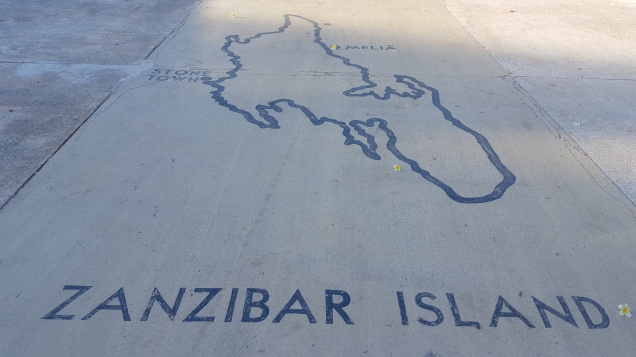
The first thing that zaps you in Zanzibar is the color of the sea. I had never really understood the meaning of the color “azure” before I saw the sea in Zanzibar. Clear waters, creamy (I mean it) white sands and a cool breeze despite the tropical sunshine, make it a surreal, heavenly experience. It turns you into a delectable kind of lazy, where you just want to sway in your hammock, listening to the gentle rolling of the waves, gazing at the blue blue sea and sip on ice cold lemonade for hours on end. When you tire of this (if ever), you can take long walks dipping your feet in the softness of the sand, watching colorful starfish lying around like gems on the sea floor. Such is the mesmerizing beauty of Zanzibar.
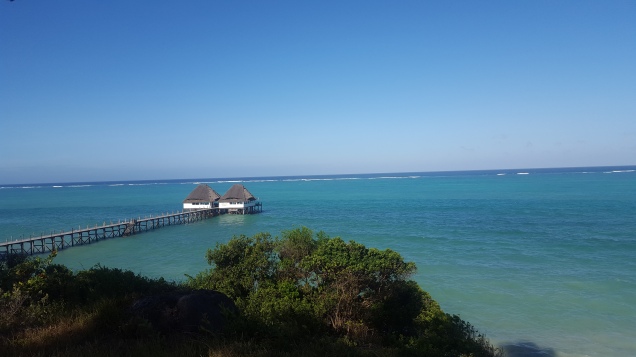
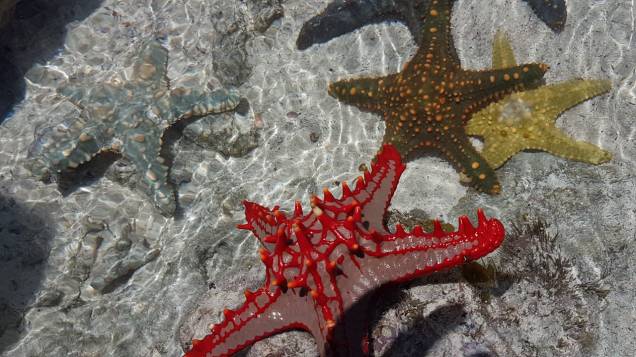
But when you step out of the beach side and walk into the old town of Zanzibar, you come face to face with the sordid past of the same paradise – slavery.
Zanzibar is a derivative from the Persian “Zengibar”, which meant the “black skinned coast”. Racism does run deep into the past! The coast was first ruled by the Portuguese and then taken over by the Sultan of Oman. As it was the thoroughfare between Africa and the European and Asian coast, it gained the reputation of being the best port for slave trade, along with ivory and spices.
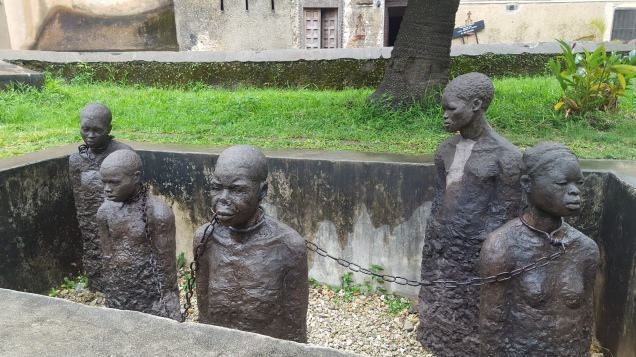
The slaves were bought because of their poverty or just captured from villages at a whim, from all over the African countryside and brought to slave market at Zanzibar. They were brought on dhows (small ships), with the least bit of concern for their health or hunger. Once they landed, they were stuffed into small cellars with barely any light and a small vent in the middle of the room for their toilet needs. They were shackled to chains so as to prevent their escape. About half the people, including the women and children died of starvation, exhaustion, ill health or torture, by the time they reached the market. For the fortunate (or supremely unfortunate)few who lived, they were tied to poles and whipped in front of the merchants to assess their mettle of tolerating suffering. The slave who could withstand the maximum amount of pain was bought by the highest bidder!
((The cellar for slaves (about 75 people were stuffed into this space) with a vent in the middle for defecation, and the chains to which they were bound. The roof was so low that they had to crouch all the time)).
It was only in 1873, that through the immense efforts of David Livingstone, a British missionary and physician, that slave trade formally ended. The irony of this story is that David Livingstone, was sent to Zanzibar with the express mission of converting the population to Christianity, and was considered a failure and a bad leader for his poor performance. Rightfully so, as he managed to convert a sum total of ONE person!
But it turns out that he became a bigger hero, because he loved the people of the land better. He befriended two Africans, Chuma and Susi, who traveled with him everywhere.He loved Africa so much that, he advised Chuma and Susi to bury his heart in Africa and send only his body back to England for burial. Which they did.
The slave museum stands at the heart of the Old Stone Town, at the actual site of the slave market. You cannot help but get the heebie jeebies, just remembering the fact that you are walking in a place where so many helpless, unfortunate people were heartlessly ill treated by fellow humans, who were supposedly civilized.
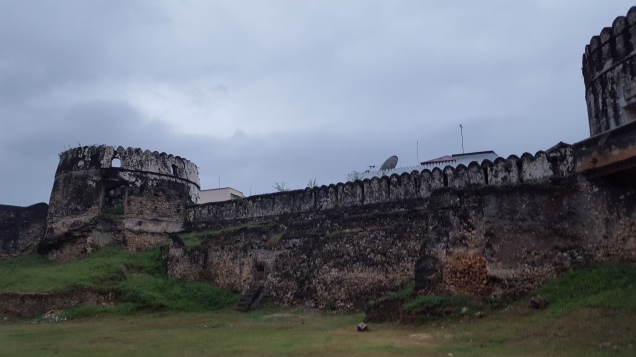
Yuval Noah Harari, writes in his book Homo Deus, that we, should consider ourselves lucky to live in a time when peace is taken for granted (at least in a lot of places on the planet). Just two centuries ago, war, upheavals, uprisings, revolutions and injustice were the norm of the day. Peace just happened in between.
Zanzibar is a place which reminds you of that. Though the beauty is unmatched, it is in stark contrast to the suffering of so many, because of mankind’s greed and one upmanship.
Basically, a paradise with a sad past.


Zanzibar has been on my list but I never knew of the history. Let’s say, I have been wishing to visit but I haven’t read anything. Thank you for sharing the history and those pictures are scary. It was a beautiful post and not a usual travel tale. Thanks for an honest account.
Reminded me of Cellular Jail in the Andamans. Have you read this post?
https://www.happinessandfood.com/cellular-jail-story-prison/
LikeLike
The pain of colonization still hurts settled humanity in a not so glorious past, I am sure. History has so much to teach us in this modern world and a commendable post on the history of Zanzibar.
LikeLike
If one visits the U.S., there are various places …for the evidence of slavery in America’s past, the reverberations even now…. in the blood family lines in the U.S.
Well written post.
LikeLike
Thank you so much Jean. People discriminating others who are less fortunate, exists even now under different names. More subtle, but always there!
LikeLiked by 1 person